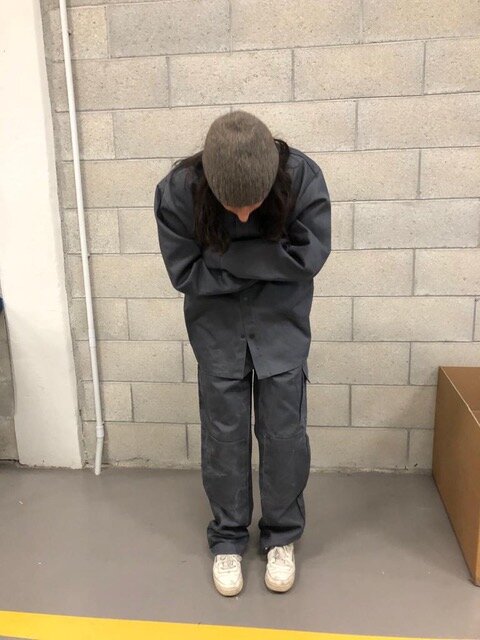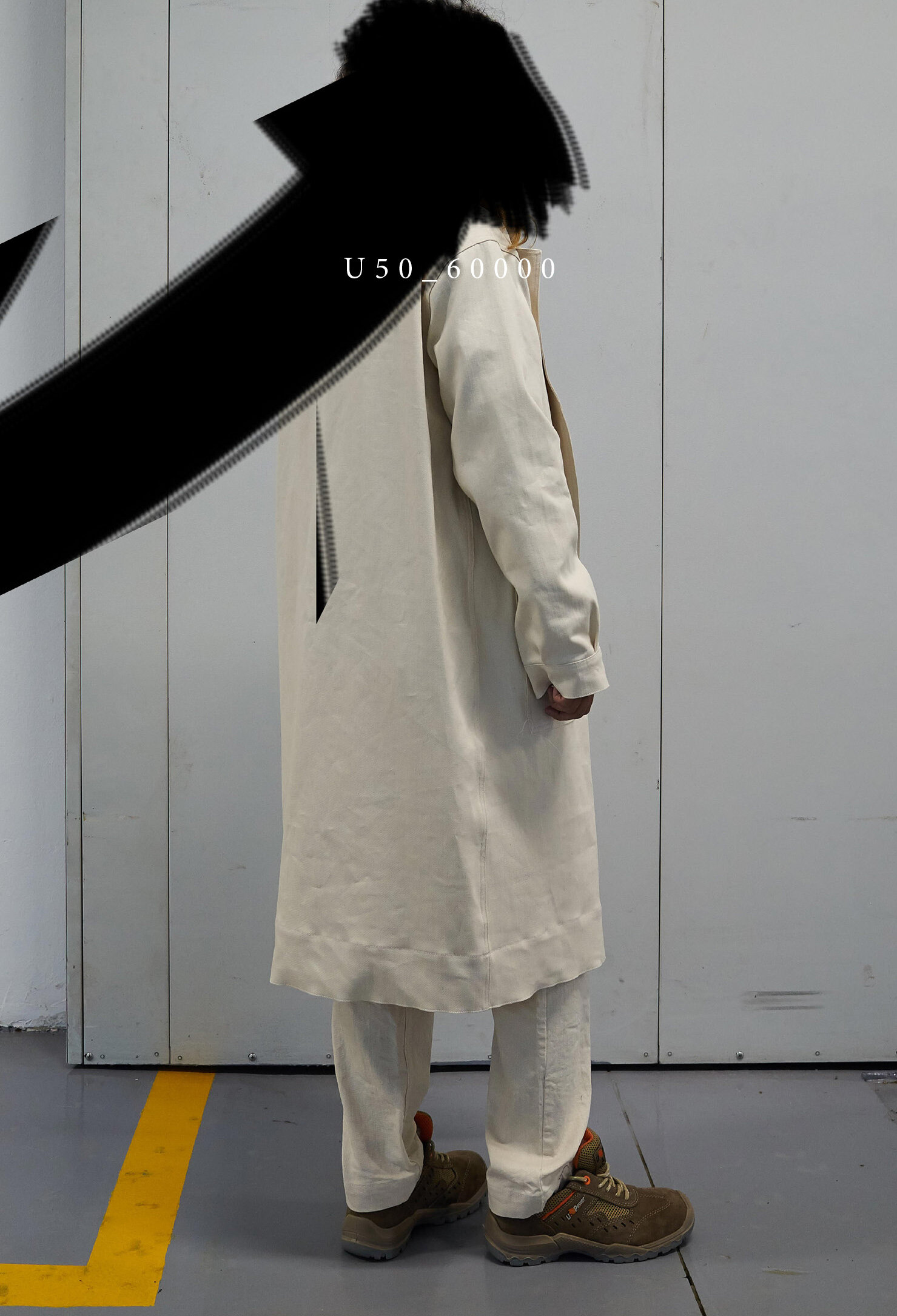ANNA GRASSi, FASHION ENTREPRENEUR
March 27th 2020
ENG
Anna Grassi is the founder of GR10K, streetwear brand inspired by youth subcultures and the heritage of the family’s historical company, Alfredo Grassi manufacturing, which produces workwear and personal protective equipment production.
ITA
Anna Grassi è fondatrice di GR10K, brand streetwear ispirato alle sottoculture giovanili e all’heritage dell’azienda di famiglia, la Alfredo Grassi, produttrice di abbigliamento da lavoro e dispositivi di protezione individuale.
ENG
LZ: How does the heritage of your historical family company relive in GR10K collections, which are targeted to a very young audience and inspired by subcultures?
AG: When I started this project, with the idea of recovering both the history of the family business and its materials, it seemed to me that the world was already full of heritage brands, which interpreted workwear in a very literal way. I wanted to create a more stimulating project with more elaborate cultural references and a different interpretation of the reuse of technical materials and utilitarian forms. The references to the heritage of my family’s historical company, were not only those of workwear overalls, but they also referred to functional, protective and stylistically complex clothing. The project took a shape when I met a creative director, younger than me and with a different background, who had a clear idea of how to interpret this cultural baggage, and we found the way to transform it into collections where small functional details become stylistic complexities and where the history and function of certain fabrics become narration. And in certain subcultures we have found the aggressive spirit that also belongs to the protective clothing.
IT
LZ: Come rivive l’eredità dell'azienda di famiglia nelle collezioni di GR10K, destinate a un pubblico molto giovane e ispirate alle sottoculture?
AG: Quando ho iniziato questo progetto, con l’idea di recuperare sia la storia dell’azienda di famiglia che i suoi materiali, mi sembrava che il mondo fosse già pieno di heritage brands, che interpretavano l'abbigliamento da lavoro in maniera molto letterale. Volevo creare un progetto più stimolante con dei riferimenti culturali più elaborati e un’interpretazione diversa del riutilizzo di materiali tecnici e forme utilitarie. I riferimenti all’heritage dell’azienda di famiglia non erano solo quelli della tuta da lavoro, ma in senso più ampio, quelli dell’ abbigliamento funzionale, protettivo e stilisticamente complesso. Collaborando con persone più giovani e con un’estrazione completamente diversa dalla mia, che avevano un’idea chiara di come interpretare questo bagaglio, abbiamo trovato il modo di trasformare questo background in collezioni dove i piccoli dettagli funzionali diventano complessità stilistiche e dove la storia e funzione di certi tessuti diventano narrazione. E in certe sottoculture abbiamo ritrovato lo spirito aggressivo insito comunque nell’abbigliamneto protettivo.
The storage of the Alfredo Grassi manufacture
GR10k Fall/winter 2019 collection
ENG
LZ: How difficult is it for an independent and emerging brand to combine economic sustainability and research?
AG: It is very hard. I did a lot of mistakes and if I went back I would sit for months studying the whole production and supply chain, including the administrative part. An independent brand is a small company and should be prepared for the related challenges. Then, once the rules are established, the framework is set, it becomes easier to do research and be innovative in a sustainable way. There are too many stimuli, too much potential research to do. If you do not have clear ideas, it is better to stop and, if necessary, compare yourself with those who have clear ideas.
IT
LZ: Per un brand indipendente ed emergente quanto è difficile conciliare sostenibilità economica e ricerca?
AG: Difficilissimo. Io ho sbagliato tantissimo e se tornassi indietro mi siederei per mesi a studiare tutta la filiera, compresa la parte amministrativa. Un brand indipendente è una piccola azienda e dovrebbe prepararsi ad affrontare le relative sfide. Se poi si stabiliscono le regole, il framework, diventa più facile fare ricerca ed innovare in maniera sostenibile. Ci sono troppi stimoli, troppa potenziale ricerca da fare. Se non si hanno le idee chiare meglio fermarsi e se necessario confrontarsi con chi le idee chiare le ha.
ENG
LZ: What do you think is the added value that can determine the success of a brand in a world full of offers?
AG: We still haven't achieved success! From my experience so far, I can talk about the potential for success. In our case, it involves passionate and competent people both at the creative levels and in distribution. For the moment we have not yet addressed the issue of communication, because we purposely tried to make the brand accessible to those who were really interested, but it will be a topic to be addressed soon. I believe the success depends both on the strength of the creative narrative and on the ability to manage all the various stages of project development.
IT
LZ: Quale pensi sia il valore aggiunto che possa determinare il successo di un brand in un mondo denso di proposte?
AG: Ma noi il successo ancora non lo abbiamo raggiunto! Mi sento più di parlare di potenziale di successo. Nel nostro caso è stato coinvolgere persone dedicate e competenti sia a livello creativo che a livello di distribuzione. Per il momento noi non abbiamo ancora affrontato il tema della comunicazione, perchè di proposito abbiamo cercato di rendere il marchio accessibile a chi fosse realmente interessato, ma sarà un tema da affrontare presto. Il successo credo dipenda sia dalla narrativa creativa che dalla capacità di gestire tutte le varie fasi di elaborazione del progetto.
GR10K, special project for Vogue magazine





